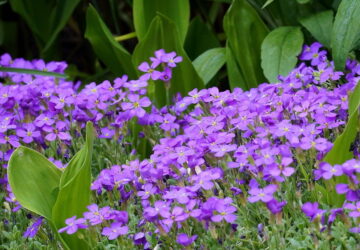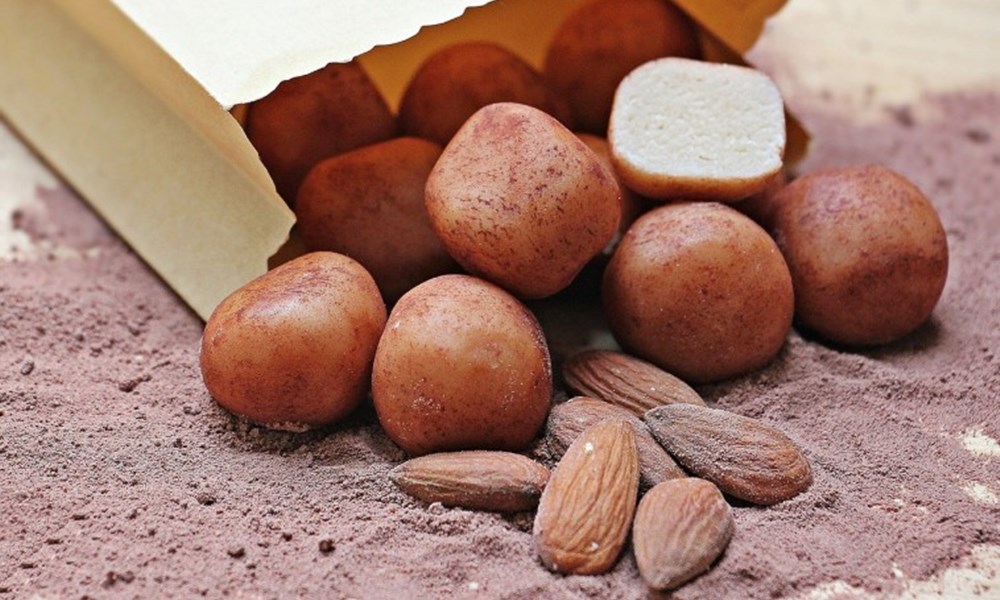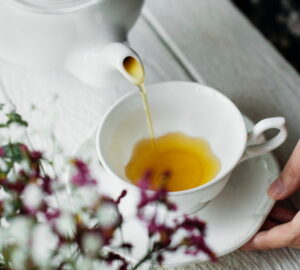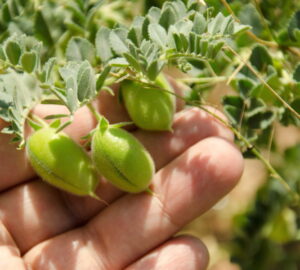Accidental discoveries have shaped the course of history in countless ways, from Fleming’s penicillin to Pfizer’s Viagra. Yet, nestled in the heart of Lübeck, an ancient Hanseatic port city, there lies a confectionery marvel – marzipan – whose origin story is equally captivating. Join us as we unravel the sweet tale of how a humble confectioner unwittingly gifted the world with this almond-based delight.
A Historic Haven: Café Niederegger
In Lübeck, where time seems to have stood still, Café Niederegger stands as a living testament to tradition. With over two centuries of history, this charming establishment offers a veritable treasure trove of marzipan delights. Amongst its offerings are a dazzling array of marzipan figurines and cakes, each a testament to the confectioner’s art. On a crisp late autumn afternoon, our journey into the past led us to this illustrious institution.
The Chance Encounter
As I stepped into Café Niederegger, I was greeted by a sight that echoed its rich history – not a single vacant seat in sight. Fortuitously, a kind older couple invited me to share their table. The gentleman, an elegant figure with silver hair and an air of refinement, resembled a character straight out of a Thomas Mann novel. With a twinkle in his eye, he inquired if I would be interested in the enchanting story behind marzipan’s inception. Eagerly, I nodded in agreement, and thus began our journey into the past.
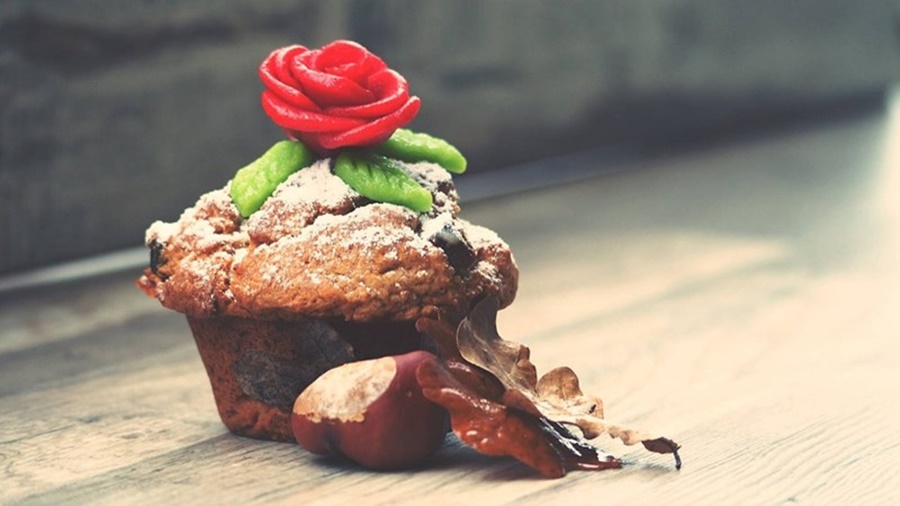
A Serendipitous Moment in 1402
The story unfolds in the year 1402, a time when Lübeck was reeling from a devastating famine. Amidst these trying times, a Greek cargo ship laden with almonds docked in the port. Fate had an intriguing twist in store, for the trading company that had ordered the almonds had gone bankrupt. Consequently, this precious cargo found itself ownerless. In a twist of fate, the city authorities decided to auction off the almonds to the highest bidder.
Enter a modest-income confectioner, whose name is now lost to history. He acquired the almonds, and in his small workshop, a culinary masterpiece took shape. Grinding the almonds to perfection, he combined them with sugar, a hint of rosewater and a dash of egg yolk. The result? Small, delectable balls of almond delight that would soon conquer the world as Lübeck Marzipan.

The Legends and Their Mystique
Another legend whispers that marzipan found its way to Lübeck through Italian mediation (marzapane, meaning gingerbread). Some speculate that it journeyed from the East, perhaps from the lands of Turkey, Iran or Iraq, where this exotic treat, infused with local spices, enchanted the palates of harem mistresses.
While these legends may lack concrete historical proof, they endure for a reason – they keep the magic alive. After all, life without legends and illusions is a tad less enchanting, isn’t it?
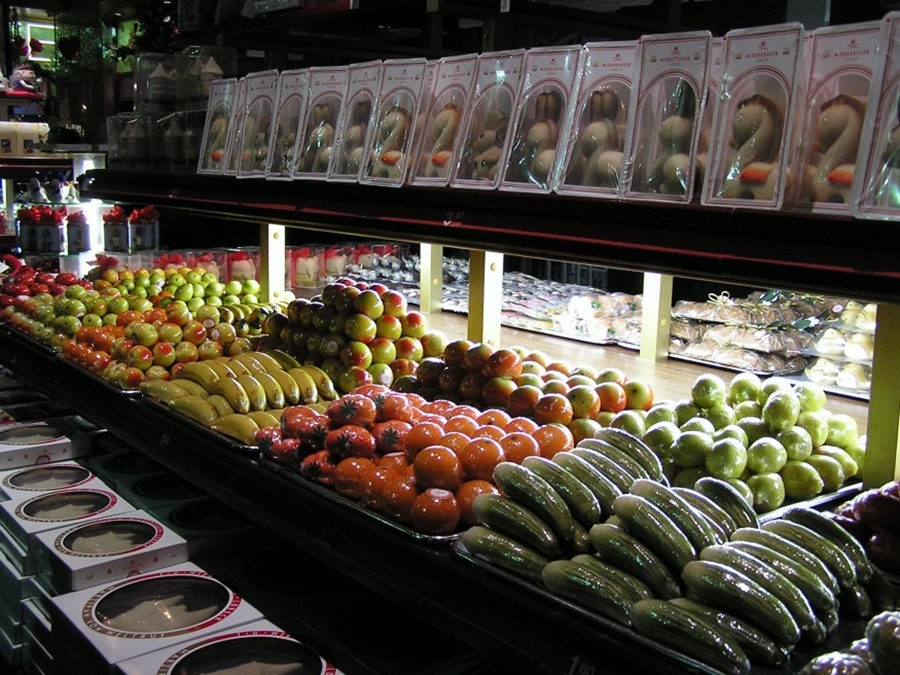
Marzipan’s Everlasting Allure
From that serendipitous moment in Lübeck’s history, marzipan has never lost its charm. Today, it graces our tables in myriad forms. Expert hands mold it into vibrant fruit and vegetable shapes, as well as beloved fairytale characters. Candied fruits add a burst of color and flavor, while a protective coat of alcoholic solution ensures its resilience against the elements.
Conclusion: A Sweet Tale of Indulgence
So, there you have it – the tale of marzipan’s origins, a confection born from chance and flavored with legends. As you savor the next marzipan treat, whether in the form of a delightful figurine or a scrumptious cake, remember the story behind it. Every bite carries with it the echoes of a bygone era, a testament to the enduring magic of this almond-infused delight. Enjoy every morsel, for in marzipan, we find not just sweetness, but a taste of history itself.
